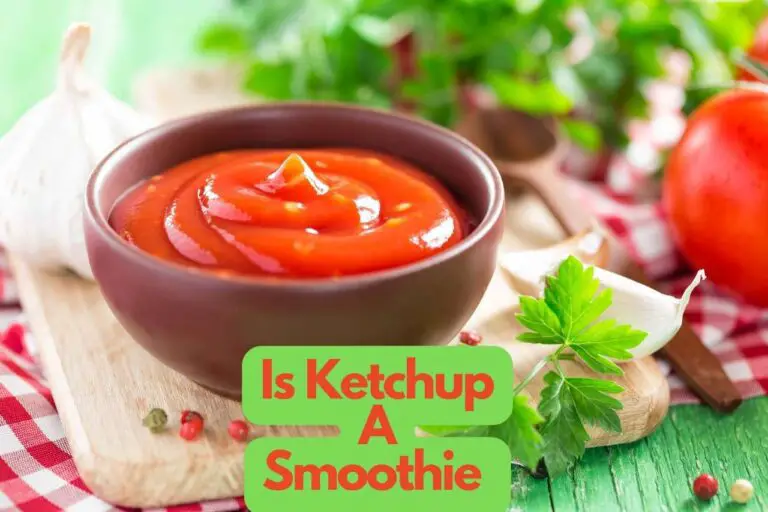Greek Baklava vs Turkish Baklava – Comparison Guide
Phyllo sheets, almonds, butter, as well as fillings are used to make the sugary, light confection known as baklava. The essential components are where Turkish, as well as Greek varieties of baklava, diverge most. The topic of this article is “Greek Baklava vs Turkish Baklava.”
In short. Greek Baklava vs Turkish Baklava. Which difference stands out the most?
Turkish baklava is made using pistachios, lime juice, as well as sugar alone without the inclusion of any spices or additional ingredients, whereas Greek baklava utilizes syrup, nuts, plus cinnamon. As a result of the moderate sherbet being sprinkled on heated baklava, Turkish baklava is more crispy.
Overview
While several Middle Eastern nations, including Greece as well as Cyprus, sometimes claim to be the originators of baklava, Turkey typically holds that distinction. So, Greek Baklava vs Turkish Baklava. What distinguishes them?
Whatever the origin of the meal, understanding how baklava may be the first step in understanding the distinctions between any of these two varieties.
Baklava: What Is It?
Honey, sugar, butter, almonds, as well as other delicious components, are used to make baklava. Phyllo strips are also used. Many individuals find that they cannot resist eating it since it is sweet and lightweight.
Any baklava is made by first separating layers of phyllo dough, placing them in a pan, and afterward covering each layer with warmed butter plus vegetable oil. The next ingredient is nuts, which are also often positioned among each of the layers.
Moreover, whereas the majority of baklava is made using layers of phyllo layers sandwiched between such nuts, other individuals make theirs with both the nuts placed in the center and simply the peak and bottom of a plate covered using phyllo layers.
Baklava is now divided into forms, most often squares, though certain establishments may divide it into diamond- or triangle-shaped pieces. At around this stage, it is typically baked for approximately thirty minutes until being eaten after being soaked in a mixture of rose liquid, sugar, or orange blossom moisture.
Nuts are sprinkled over the baklava when it has been given time to cool, and then eaten at ambient temperature.
Baklava Comes in Several Varieties
Baklava from Armenia
It employs 40 layers of bread to correspond with both the 40 days in Lent plus utilizes the flavors clove as well as cinnamon.
Baklava from Azerbaijan
Baklava is prepared around the springtime celebration of Nowruz and therefore is shaped like a diamond to symbolize the Azerbaijani star. It is flavored using cinnamon, clove, cardamon, as well as saffron.
Baklava from Iran
Persian baklava, which combines pistachios as well as almonds, is likewise diamond-shaped and made with rosewater-infused simple sugar.
Greek Baklava
Pistachios are indeed the preferred nut as well as honey is frequently used as a substitute for syrup inside the Greek pastry, which is sliced into pieces. Some people need one slice of Greek baklava because it is so delicious.
Depending on the season, different filo layers are used. To represent those 33 years of Christ’s life, there are many typically 33 rounds of bread; however, during Lent, there are 40 sheets to correspond only with the forty days of Lent. The Greeks combine the honey syrup with walnuts.
Turkish Baklava
Baklava of every variety is famous in Turkey. In addition to pistachio- or walnut-based baklava, there are many other unusual versions, such as the kaymak baklava with heavy cream within.
This clever recipe uses a silky, melt-in-your-mouth cream to balance off the baklava’s overpowering sugar. Turkish baklava is available in a wide range of dimensions and forms, such as squares, rectangular, circles, and sometimes even diamond-shaped pieces.
There are around 26 sheets of filo pastry, and every fourth layer is covered with coarsely chopped nuts. This is covered with lemon plus sweet water and simple nectar: region-specific Nuts, Black Sea nuts, Istanbul nuts, and pistachios from southern Turkey.
Continue reading in order to learn about just the variations between Greek and Turkish baklava.
Greek Baklava vs Turkish Baklava
The distinctions between the two groups’ primary distinctions.
Filling
Pistachios are the traditional nut option for Turkish ones’ fillings. However, other options include walnuts, etc. However, the majority of the Greek nuts were walnuts.
Fatty Component
Pure butter serves as the sole ingredient in authentic Turkish baklava. Only poor or inexpensive establishments utilize sunflower oil or butter combined with that as well. Galaktos butter, which is prepared from a combination of sheep’s as well as goat’s milk, is required in the traditional Greek Baklava recipes.
Syrup
Based on the type of baklava you’re creating, the syrup will add a varying amount of richness to the finished product.
The typical ingredients for such a Turkish dish are water, sugar, as well as a syrup with a lemon basis. The Greek version utilizes syrup that includes slight cinnamon, cloves, and maybe a little honey.
Last but not least, Turkish baklava is usually nearly thinner than Greek baklava. There may be a variety of causes for all of this. However, Turkish baklava often has thinner fillings than Greek baklava does for the vast majority part.
It goes without saying that this may not be the situation, yet it’s an excellent general guideline to follow.
Softness
The classic Turkish version must have 40 layers, with the upper portion being crispy as well as the bottom part mushy and not drenched in liquid. The bottom will always get mushy if you goof up, so it isn’t easy to control.
These guidelines aren’t usually strictly adhered to in Greek cuisine. In Greece, baklava is frequently thought of as a dessert saved for special events. In specific locales, baklava serves as the primary wedding treat and is frequently carried to the church ahead of an event. It is traditionally served during Christian holidays like Christmas as well as Easter.
Turkish or Greek baklava, Which Would Be Superior?
Generally speaking, Greek baklava tastes smoother, includes cinnamon, and has bigger slice sizes. Turkish pastry lacks cinnamon and is crunchier. In contrast to the Greek version, which typically includes walnuts, its Turkish version typically has pistachios, and whipped cream poured in. Both are delicious, but it is still our preferred dessert.
Conclusion
Throughout many various countries, baklava is a traditional delicacy it’s been around for generations. You are welcome to play around with the preferred components considering that there are a plethora of various baklava varieties and methods.
Similar Stories: Keep the Adventure Going
- Is Ketchup A Smoothie – All you Need to Know
- How Long To Bake Lasagna At 350 For Perfect Taste And Texture
- What is Wich Sauce? [Know Before Eat]
- How to Make a Papadia? [Top Secret Recipies]

Hello! I’m Kavindu, a home imprpovement expert. With a passion for transforming living spaces, I share insights on everything from trendy interior designs to essential DIY tips. Whether you’re renovating or just refreshing your decor, join me for practical advice, creative ideas, and the latest home trends. Let’s make your house a dream home, one project at a time. Most importantly, I love cooking as much as I love blogging!


![What Size Breaker For Electric Stove? [Let’s Find Out]](https://homyguy.com/wp-content/uploads/2022/12/what-size-breaker-for-electric-stove-768x512.jpg)

![Best Place to Buy Japanese Knives Online – [Best & Quality Places]](https://homyguy.com/wp-content/uploads/2023/01/best-place-to-buy-japanese-knives-online-768x512.jpg)


